A charming winter round to Takakura-Jinja 高倉神社 👹🍣🎎 Wonderful Japan
Traveling is not only possible in the warmer months, it is also fun to be on the road and explore our planet in winter. Snow and cold should never stop you from discovering the country and its people and seeing the world from a completely different perspective. Japan is no exception; the Land of the Rising Sun also develops a very special charm in winter that you should definitely not miss out on.
Especially in the northern regions down to the center of the main island of Honshu, it can get quite cold and snowy in winter. In previous centuries, for many people this time of year was associated with a lot of struggle and hardship, and even these days the heavy snowfall can literally bring life to a standstill in some places.
Nevertheless, it is a great experience to travel through Japan even in the cold season and to experience a completely different, often unfamiliar and unknown side. The impressions you can gather are more intense and memorable and you get a completely different, deeper feeling for this great country here in the Far East.
Some time ago, we had made exactly such a trip, which at the end of winter had taken us to the Aizu region in the west of Fukushima Prefecture. This region consists largely of a vast plateau surrounded on all sides by high mountains. The snow had already receded considerably on the plateau, but a trip into the mountains clearly showed that winter wanted to linger around there even longer.
Our excursion took us to Ochijuku, where I had been before, but at a completely different, much warmer time of year. Ouchijuku (大内宿,) is a former post station on the former Aizu-Nishi Kaido trade route, which in the Edo period connected the Aizu region with Nikko and also with the capital Edo. At that time, people had to travel on foot due to the restrictions imposed by the shogunate, so post stations developed along the various trade routes where travelers could find food and accommodation.
Most of the post stations have long since disappeared, but here in Ochijuku much of the village has been preserved as it was in the Edo period. The telephone and electricity lines have been buried, something you don't normally see in Japan, and the unpaved main street is still lined with wooden houses with thatched roofs housing a variety of stores, restaurants and minshuku (small traditional Japanese inns). The whole thing gives the visitor a fairly authentic insight into the time when the daimyo, the former feudal lords and their samurai were traveling through here.
Daimyo and samurai no longer exist these days, but now you can find a lot of tourists who are often brought here by tour busses. We weren't the only ones in Ochijuku on that winter's day, but at least we didn't come across any large groups of tourists, so we were able to look around quite comfortably.
And once we had walked through this large toori, we had suddenly left all the hustle and bustle behind us. Toori are the names of these distinctive gates that can be found all over Japan at the entrance to Shinto shrines and can be made of wood, concrete or metal. However, they always point to a place behind them that is dedicated to one or more kami, the many gods that can be found everywhere in nature, as in rivers, trees and rocks.
In our case, this large toori marked the way to Takakura-Jinja 高倉神社, and we spontaneously decided to take a closer look at this shrine.
The way there led us away from the main road and past a few wooden houses...
...and quite quickly out of the village.
We continued along this snow-covered road towards the forest and the hills, where we could already see another Toori in the distance.
This was slightly smaller but had the same shape as the Toori before. This is where we had to pass through on our way to the shrine.
There was a shimenawa hanging from this toori too, a rope made of rice straw, which in Shintō separates our world from the world of the gods, the kami.
On the path ahead of us we found a lot more snow, which had a very inviting effect on me. I was in a really good mood and quite excited about what we were about to see over there.
Next we were standing in front of some snow-covered steps that led up the mountain between many mighty cedar trees. Further back was another toori and behind it you could already see the actual shrine building.
Even though I continued on my way, I didn't forget to look around me so that I didn't miss any of the things to discover off the path, such as these small statues, which may have a Buddhist background.
To the left...
...and to the right of the path were these stone lanterns, called Tooro, which are also typical of all the many shrines and temples that can be found in Japan.
We continued upwards, and I already took a few looks back. The stairs were quite slippery, but it was great fun climbing up here.
Now we had almost made it, and we still had a few last snowy steps left....
...until we finally stood in front of the main building of the shrine.
It is not known when the Takakura jinja was founded, but its origins probably go back 800 or 900 years, to a time when Japan was still ruled by powerful samurai lords and the country was regularly plagued by their wars and feuds.
In earlier times, Takakura Shrine was associated with both Shintoism and Buddhism, but at the beginning of the Meiji era (1868-1912), the Buddhist influence here was largely eradicated. Thankfully, in modern times Shintoism and Buddhism have managed to harmonize again, which unfortunately cannot be said of most other religions in the world.
We then walked around the shrine, which is something I have gotten into the habit of doing. Most visitors only come herer and stop in front of the main building, pray and then are already on their way back. But walking around the shrine sometimes gives you a few extra impressions that help you understand the place as a whole.
There weren't that many footprints to see, so I don't think too many people had the same idea as I had. But I don't know when I'll be back here next time, so I just had to check it out as I don't want to miss out on anything.
Behind the shrine were a few statues and altars and after that the great forest opened up, which seems to stretch endlessly from here. In one way, this is almost the end of the civilized world; a few metres further on, wild nature begins, in which man will have trouble holding his own.
Here we can see the trunks of a few huge cedars that could have been standing here for several centuries. It is often precisely these trees that the kami live in and for which this particular spot was chosen for the shrine. Whether in summer or winter, these large cedars always and everywhere create an extremely majestic atmosphere that truly does justice to the purpose and occasion of this place.
We then went back the same way we had come. This time we had to be even more careful not to slip on the icy steps and tumble down the mountain.
Between the big cedars we passed the small Toori again...
...next to which there was an extremely charming view of the forest. I came here precisely because of these great views and that's why I didn't forget to look around in all directions over and over again.
And now we were almost at the bottom. We only had to pass the last two stone lanterns and then we would leave the mountain and the forest behind us.
But I didn't really want to leave. I kept turning around and looking back and would have loved to run back up again. I tried to store up the energy and the special atmosphere that emanated from this shrine and the mighty cedars around it and take it with me.
But we had to go back and continue our journey, as there was still a little more to discover. And so we passed the Toori, through which we had previously entered the forest. The winter scenery behind it was so charming and I was simply looking forward to everything else I was going to see on this wonderful day.
It was probably precisely because of the snow that the landscape around us seemed even more magical than usual. Out here, everything seemed so peaceful and sublime and all the stress and hustle and bustle of everyday life seemed so far away. And although we still had plans for that day, we were fortunately in no hurry and were able to stop here and there, take a closer look and enjoy the countryside and landscape.
And then we were back where we had started. We passed through the large Toori that we had come through at the beginning and were once again in the center of Ochijuku. And as I said, our trip was far from over, we were right in the middle of it and had only made a short detour that had taken us to Takakura Shrine. I was very glad that we had made this excursion and were able to discover and feel this wonderful place.
We continued on through Ochijuku, and then later back out of the mountains to a place where, by the end of the day, there wouldn't be much left to remind us of this winter wonderland. But luckily I have my many photos and memories to remind me of this experience time and again, so that I will never forget it.
And I have a whole host of other photos that I will be happy to share with you here. So be sure to check back soon for new pictures and impressions from the Land of the Rising Sun to avoid you missing anything.

//:# (!pinmapple 37.3353 lat 139.85906 long d3scr)
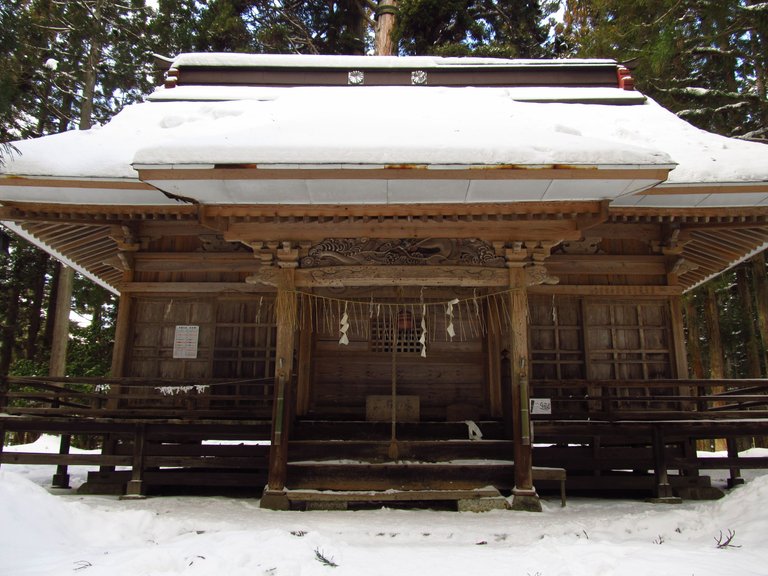
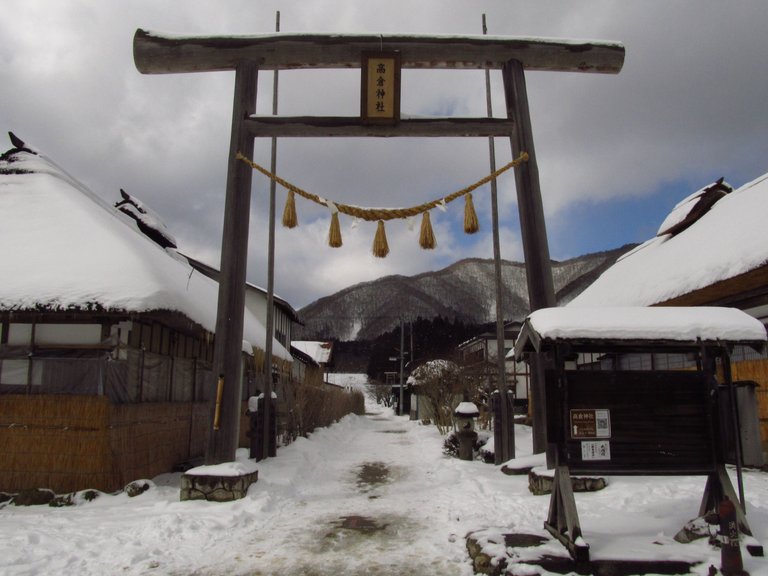
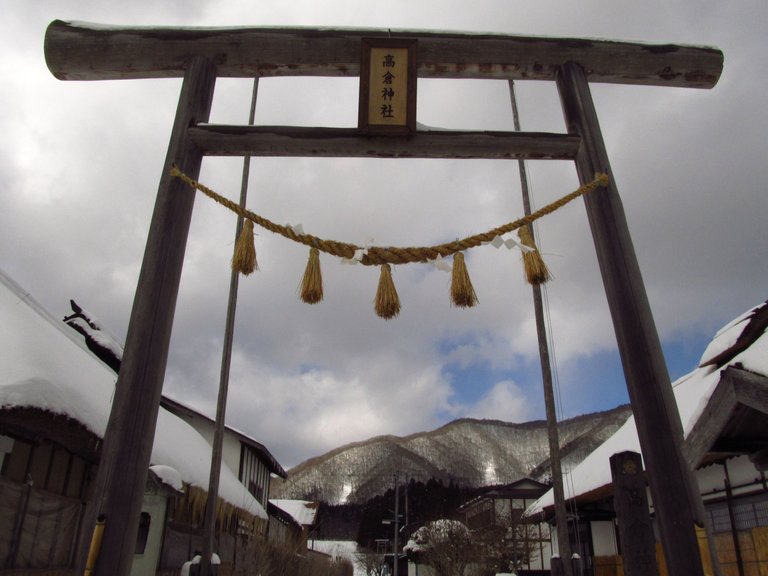
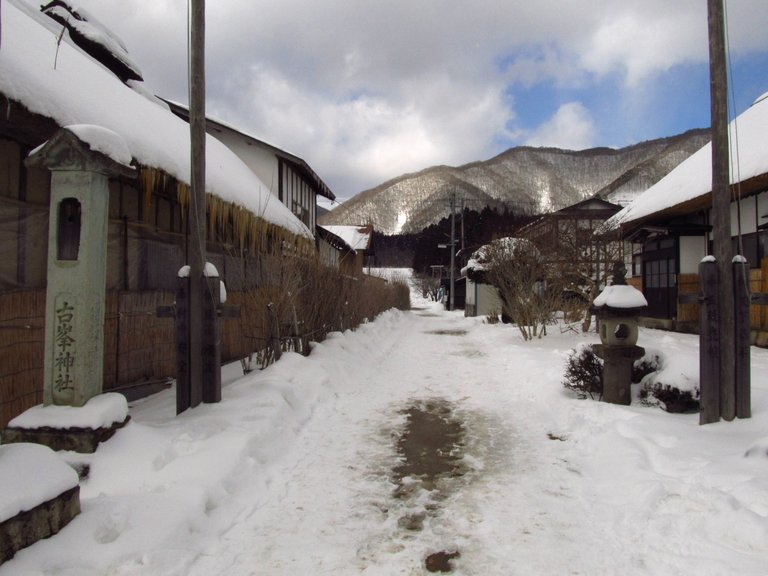
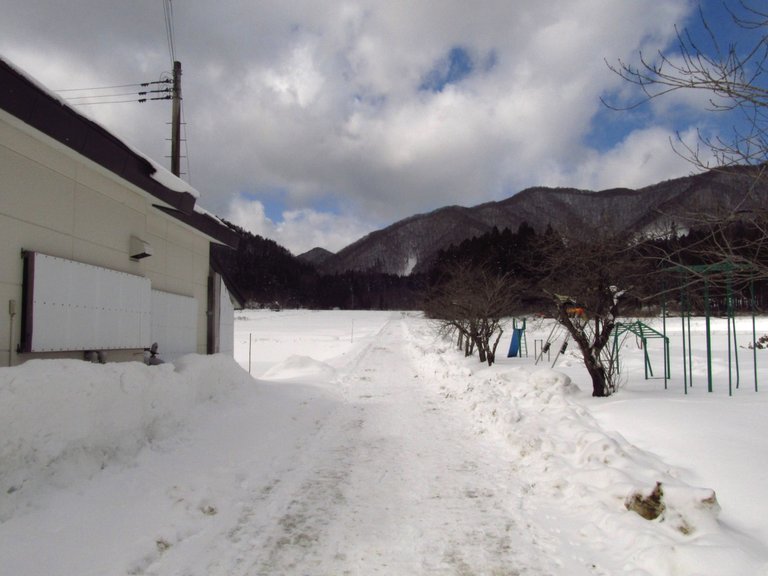
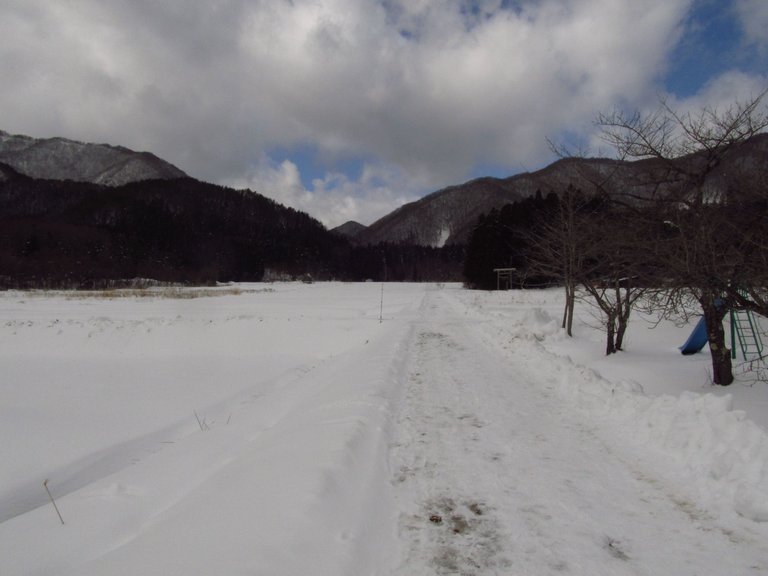
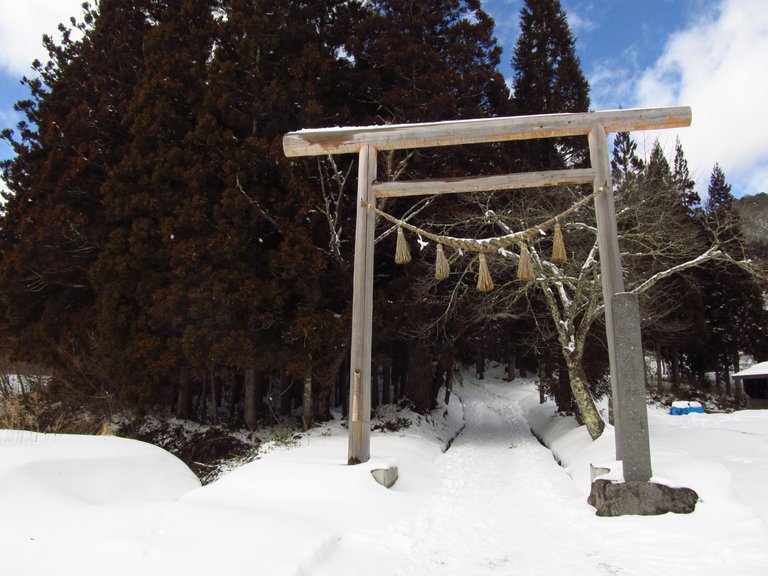
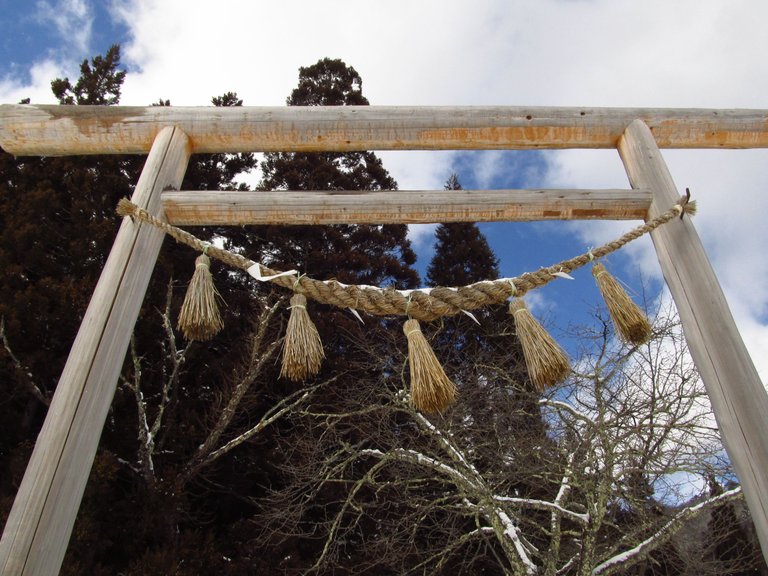
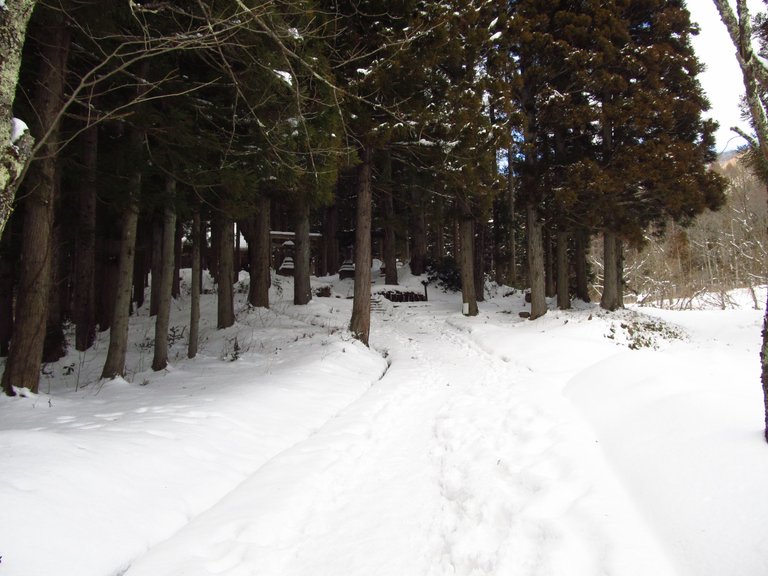
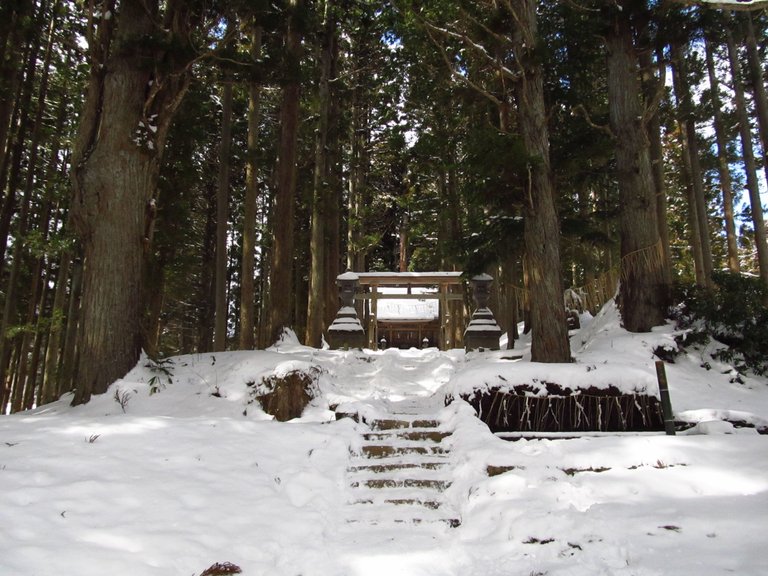
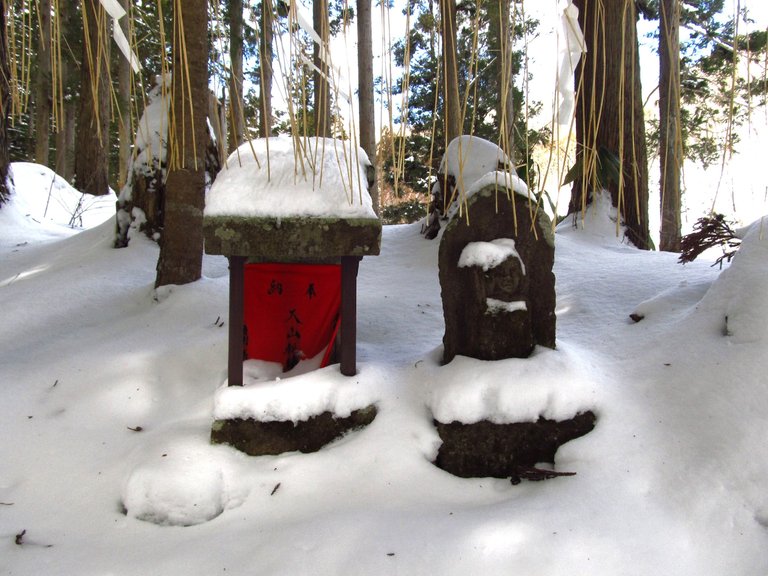
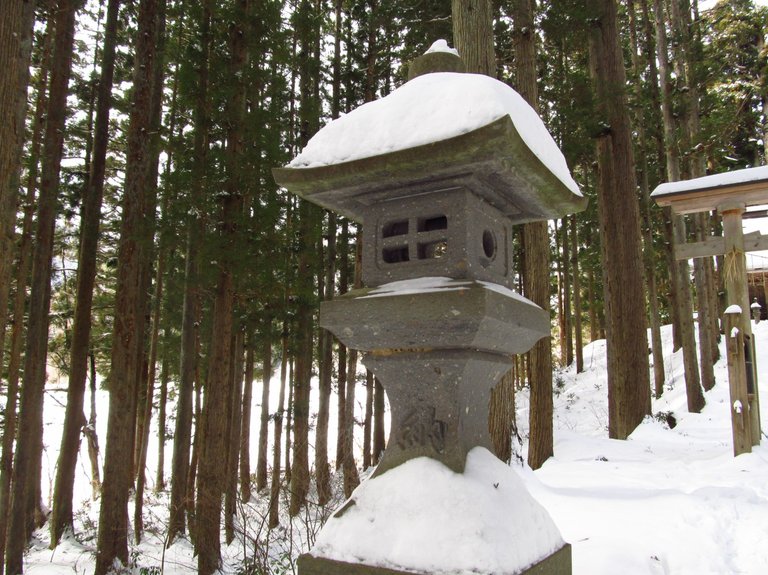
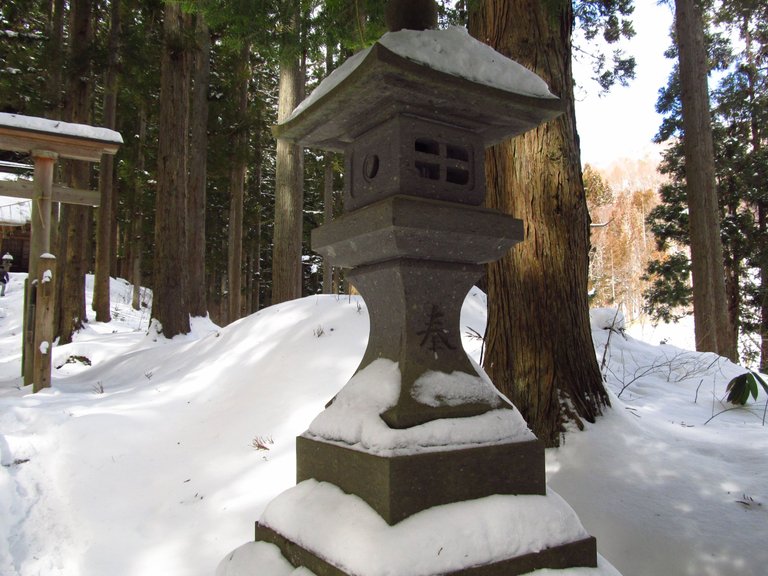
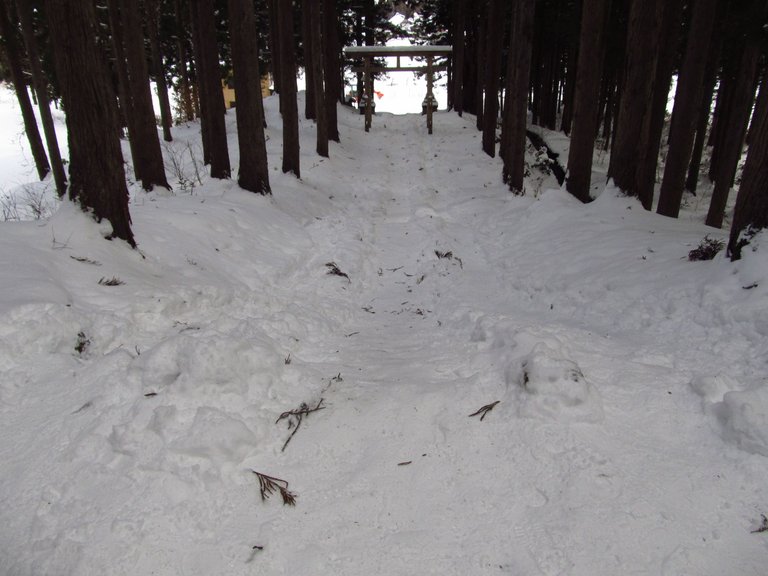
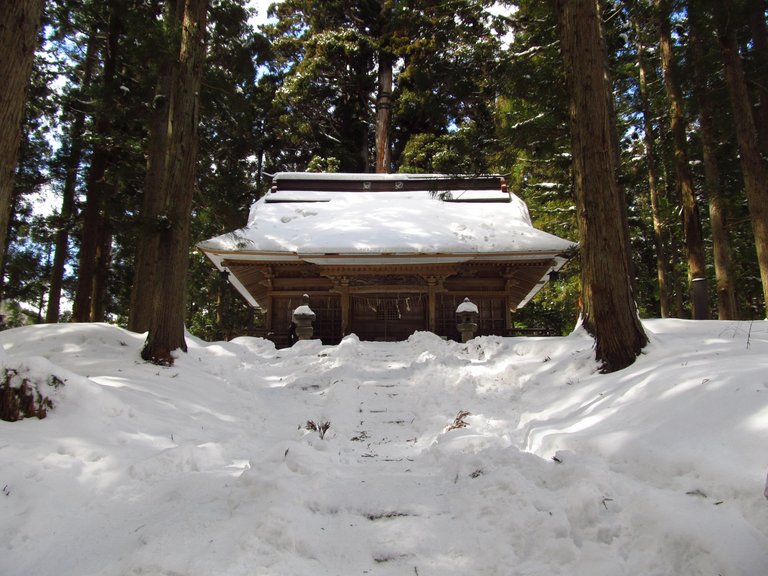
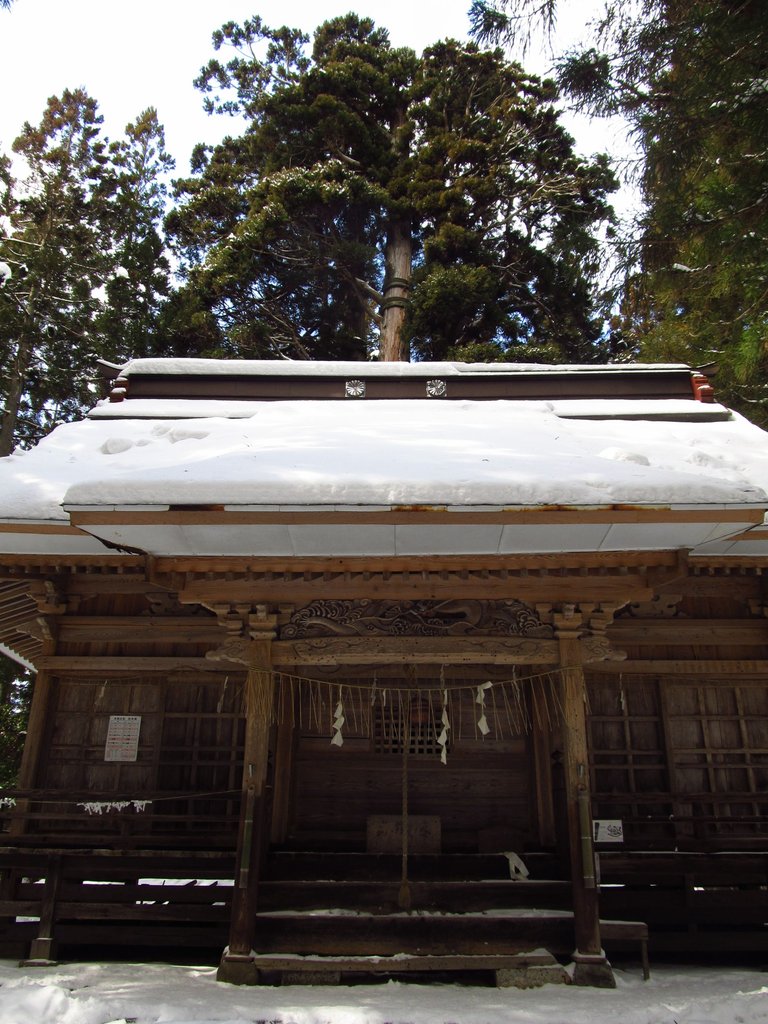
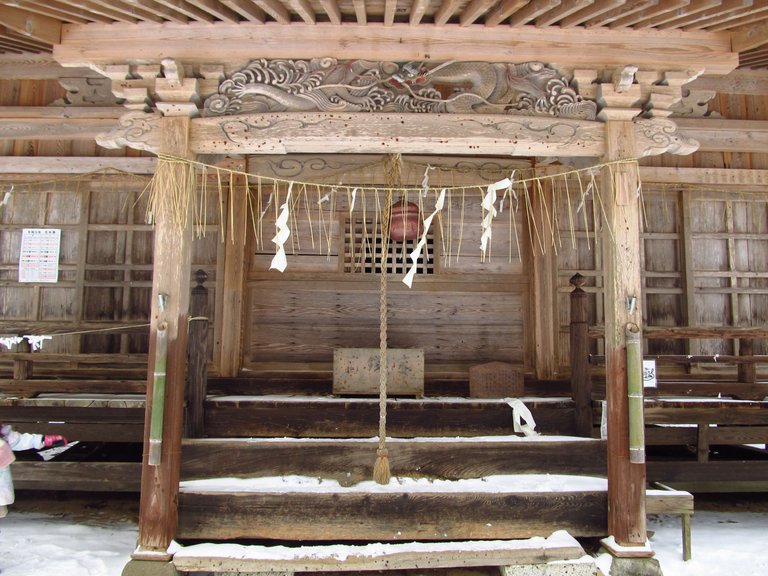
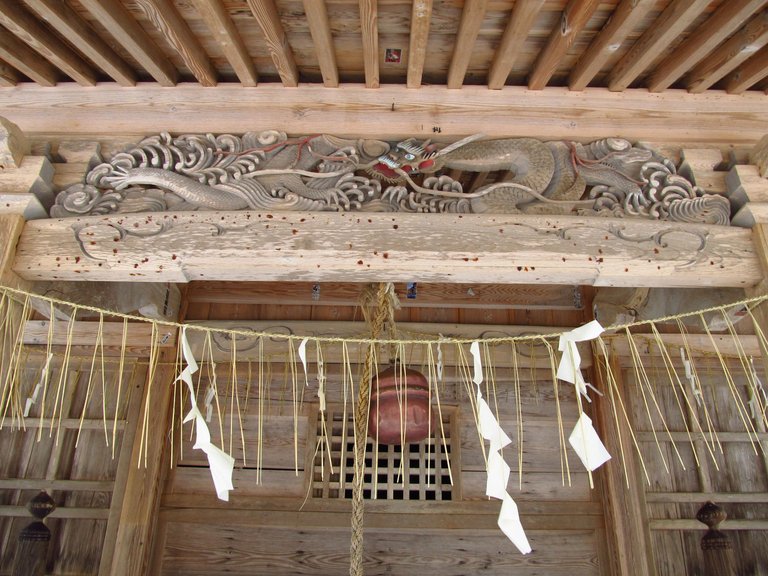
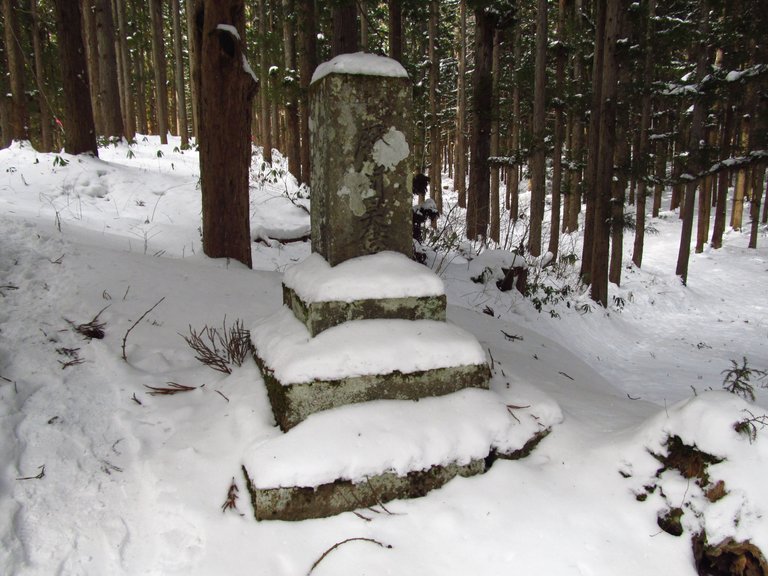
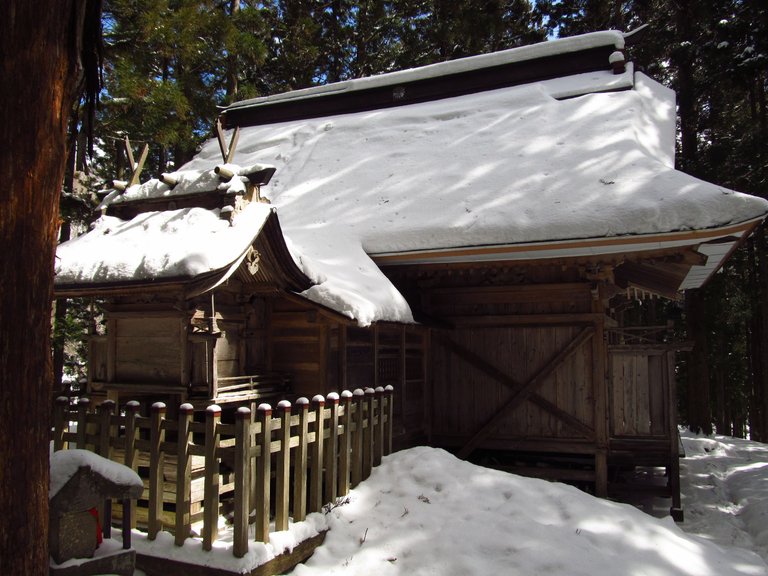
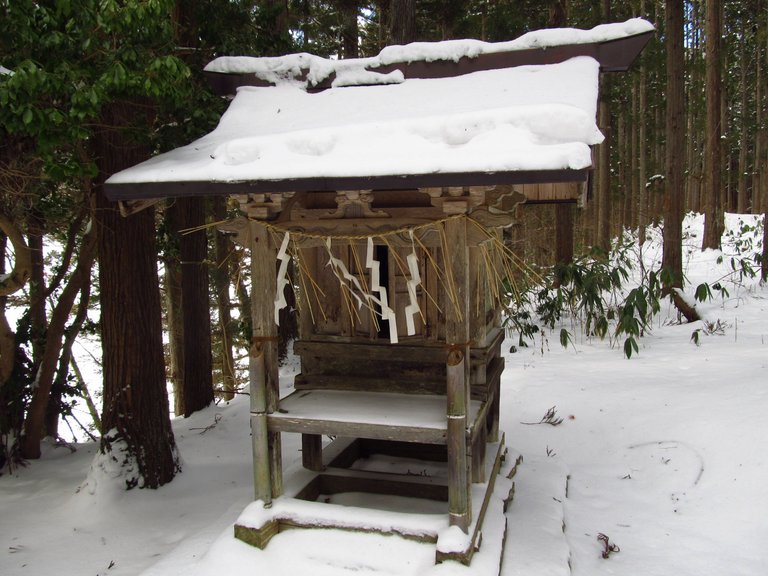
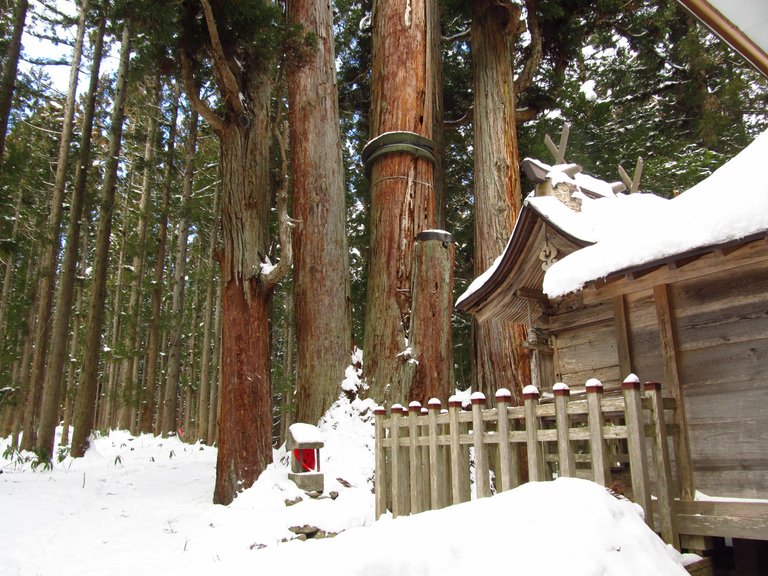
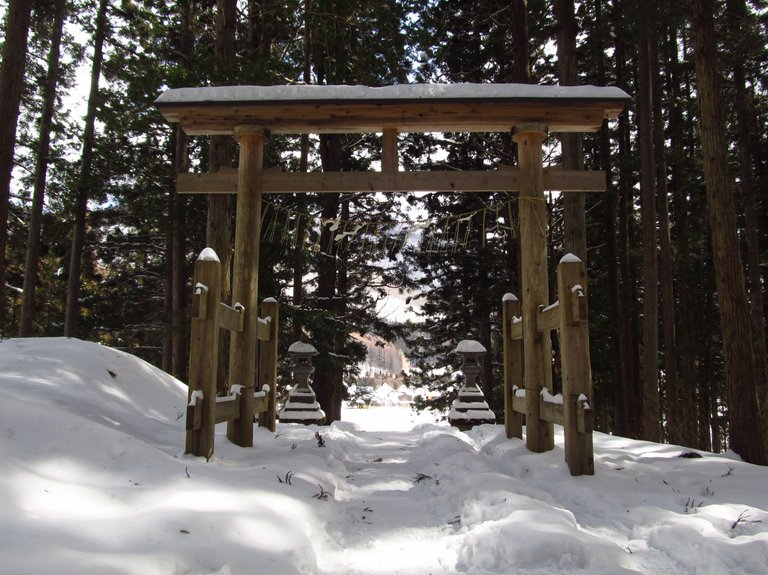
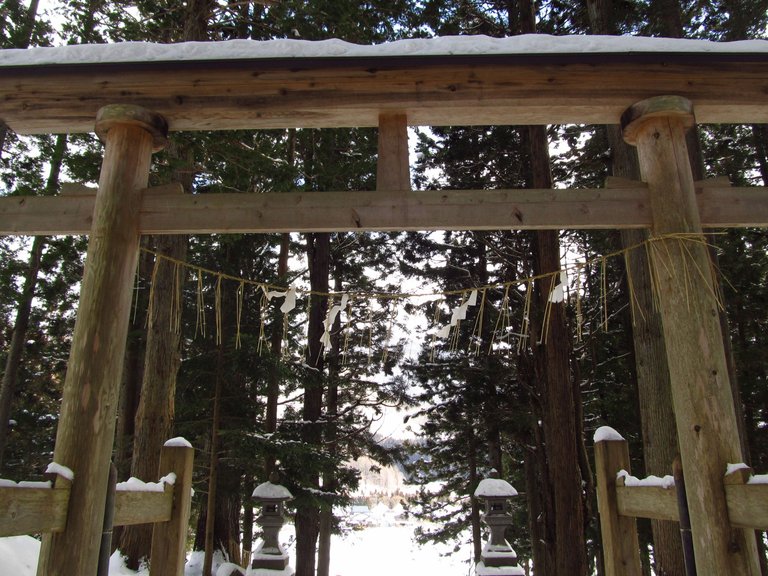
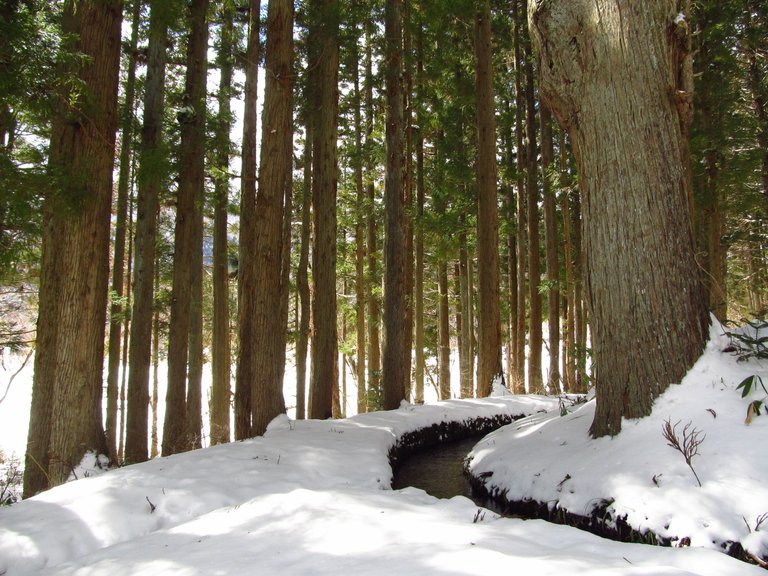
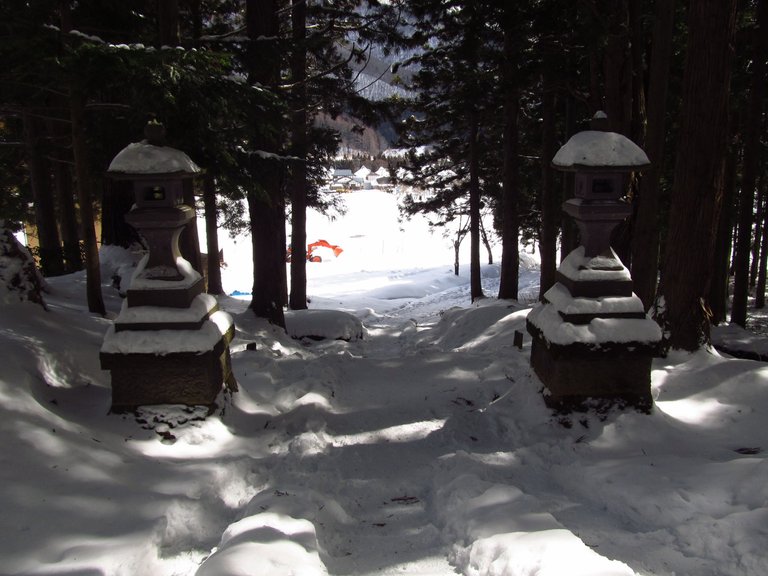
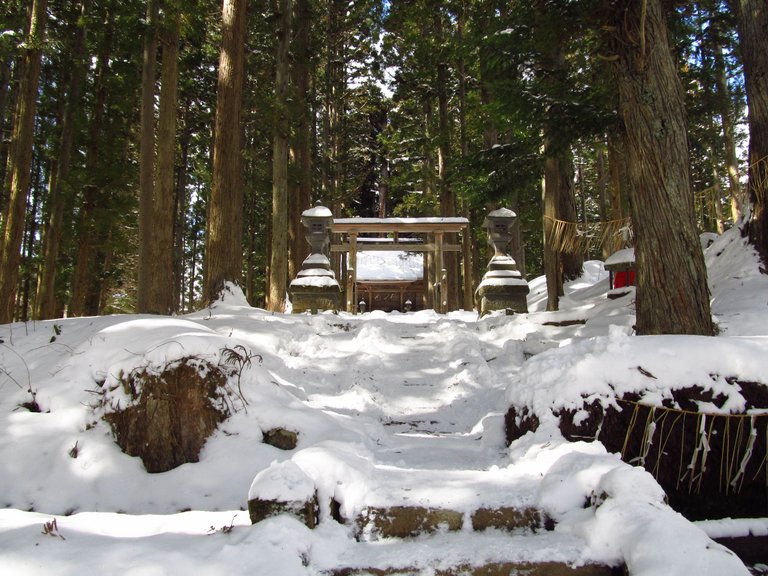
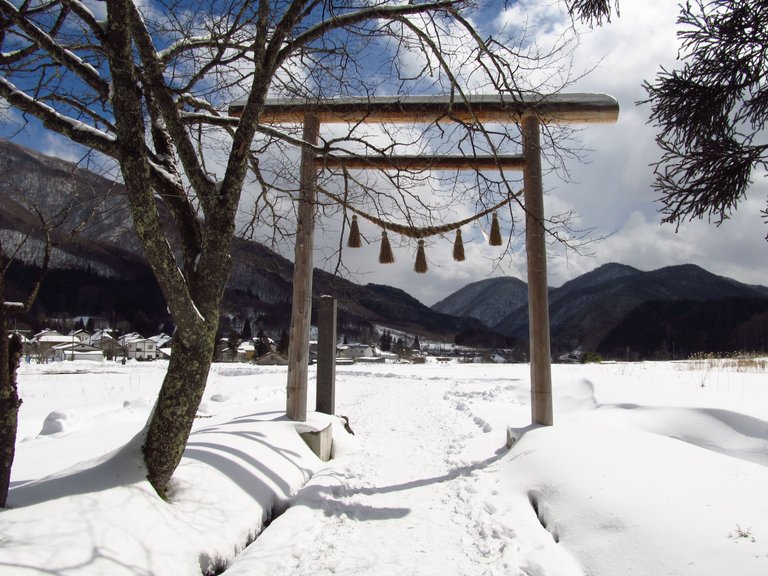
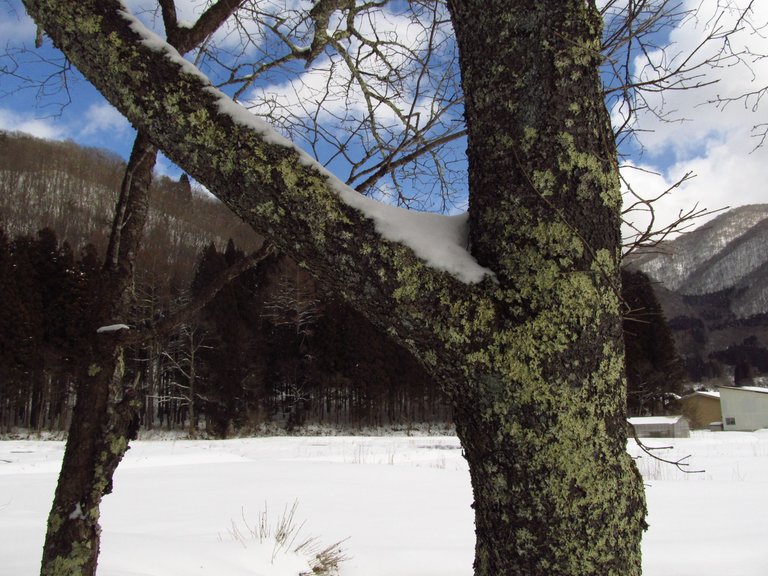
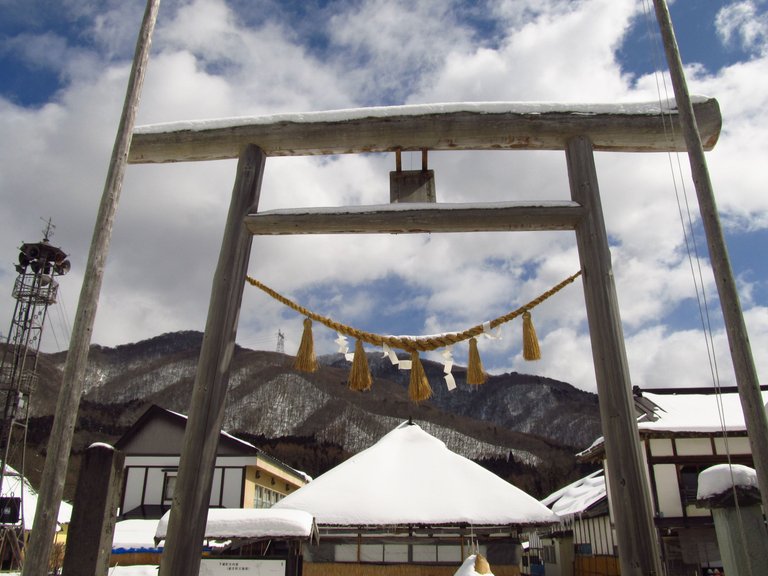
You can check out this post and your own profile on the map. Be part of the Worldmappin Community and join our Discord Channel to get in touch with other travelers, ask questions or just be updated on our latest features.
Congratulations, your post has been added to the TravelFeed Map! 🎉🥳🌴
Did you know you have your own profile map?
And every post has their own map too!
Want to have your post on the map too?
- Go to TravelFeed Map
- Click the create pin button
- Drag the marker to where your post should be. Zoom in if needed or use the search bar (top right).
- Copy and paste the generated code in your post (any Hive frontend)
- Or login with Hive Keychain or Hivesigner and click "create post" to post to Hive directly from TravelFeed
- Congrats, your post is now on the map!
PS: You can import your previous Pinmapple posts to the TravelFeed map.Opt Out
As I watch those pictures, I feel goosebumps 😭
let's go!
A new wave of travel is created in the warm season. Although I enjoy the winter season very much. The surroundings look more attractive to me in the winter season. Yes, it is certainly true that the best time to travel is during the warm season, the beauty of the places increases several times during the winter or snowfall. Although the question period can be very hot, the winter season can also be very foggy and snowy, which can be a little problematic. It was a great trip and the best feeling. Best wishes
cheers, Hope you can travel every season you want.
I live in Bangladesh. And in my country every season I enjoy the best of winter. And do we still get the best of winter and winter feeling in our country. Besides, I see many kinds of diversity and traditions in the winter season which I find great. Best wishes
What a beautiful winter wonderland! breathtaking scenery and nice atmosphere. rustic but beautiful. your photos and descriptions of Takakura-Jinja shrine are wonderful, especially with the cedar trees around and snow-covered landscape as a backdrop.
cheers, thanks for stopping by!
🏔️ Japan's winter is a completely different world! Getting lost in Ochijuku, chewing snow on temple steps, resting the soul in cedar forests... This journey full of 🕯️Şimenawas and stone lanterns touched my soul with your photographs. I wish we could be so serene every moment! 👘 Thank you for your effort, thank you for this visual feast!
Winter can be quite some fun and I hope we all are able to enjoy it!
!PIMP
Hiya, @ybanezkim26 here, just swinging by to let you know that this post made it into our Top 3 in Travel Digest #2487.
Your post has been manually curated by the @worldmappin team. If you like what we're doing, please drop by to check out all the rest of today's great posts and consider supporting other authors like yourself and us so we can keep the project going!
Become part of our travel community:
Thanks a lot for your support. I really appreciate your help!
You are very welcome @maxinpower! it was well deserved. ☀️
Keep up the great work 💪
Japan is one of the places I most want to visit. It’s a country that often gets idealized, and sometimes I understand why. Such beautiful landscapes! Moreover, its culture and architecture are so well-defined that, despite having so much foreign influence, they have something unique to share with the world.
fingers crossed some day you can make it here. it is definitely a great place to visit, and as you said, it often gets idealized, even though often for a wrong reason. however, surely worse a travel!
What a beautiful experience to live the winter in Japan. Beautiful shots of landscapes. Thank you for sharing them
thanks a lot for checking out this post!
Congratulations @maxinpower! You received the biggest smile and some love from TravelFeed! Keep up the amazing blog. 😍 Your post was also chosen as top pick of the day and is now featured on the TravelFeed front page.
Thanks for using TravelFeed!
@for91days (TravelFeed team)
PS: Did you know that we have our own Hive frontend at TravelFeed.com? For your next travel post, log in to TravelFeed with Hive Keychain or Hivesigner and take advantage of our exclusive features for travel bloggers.